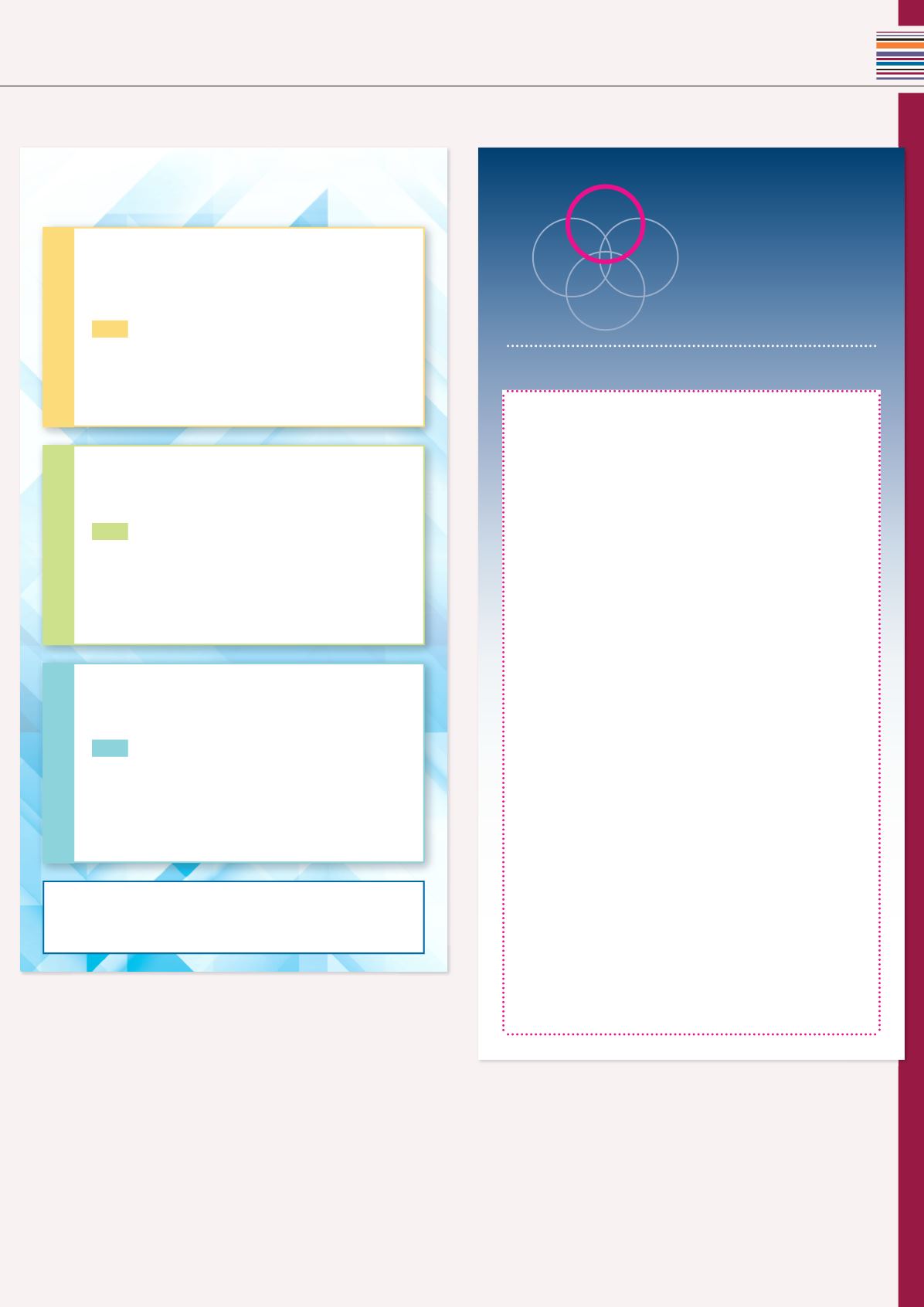
133
LESSON 2.4
EXERCISE 1A (PAGE 20)
LESSON 3.4
EXERCISE 6A (PAGE 28)
One of the ways we like to work is by asking you to do
things in pairs or small groups. Some students think this
is a waste of time. They don’t want to listen to and talk
to other students; they want to communicate with the
teacher. However, here at the York Language Centre,
we believe there are many advantages to working in
pairs or small groups:
l
It increases the amount of time each student can
talk; you can’t all have long conversations with
the teacher, but it is possible to have quite long
conversations with your partner, and that speaking
practice is important.
l
It helps students become more confident,
especially if they’re a little shy about speaking in
front of the whole class.
l
It encourages students to become more
independent learners – they’re not always waiting
for the teacher to tell them what to do.
l
It provides variety in the lesson – sometimes the
teacher is talking, sometimes you work in pairs
or groups, and sometimes you have a big class
discussion – this makes the class more interesting.
l
You can learn interesting things from other
students, not only from the teacher!
l
It gives the teacher the chance to see how
everybody is working and communicating. The
teacher can go round the class and listen carefully
to students and make helpful comments.
There are probably many more reasons that are not
on this list. So we hope that you understand why we
work in pairs and small groups, and enjoy this way of
learning, even if it is new for you.
Analysis of
questionnaire
High scores in section A
High scores in section B
High scores in section C
ALL STUDENTS
Have a look at the tips in the other sections – perhaps
there is something there that can also help you.
You are probably a
physical
learner. Physical
learners remember best by moving around and
touching things.
TIPS
Put information on cards that you can move
around or put on the walls of your home or room.
When you study, walk around with your textbook
or notes in your hand and read the information
aloud. Spend time ‘in the field’ (e.g. visiting a
museum or working in an office).
You are probably a
visual
learner. Visual learners
like to see information. A lot of learning in schools,
colleges and universities is visual learning because
it involves reading.
TIPS
Look again regularly at what you study.
Use different colours to organise and highlight
information. Write things down several times.
Copy things you want to learn onto the computer,
then read the print-outs.
You are probably an
auditory
learner. Auditory
learners like to hear information. They understand
best when they are listening or discussing.
TIPS
Get information from radio programmes or
sound files on the internet. Record things you
want to remember and listen to them later. Say
things aloud. Sing things to music you know.
Study with other students and talk about what
you’re learning.
Y RK
Language
Centre


